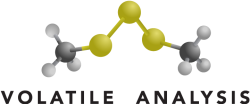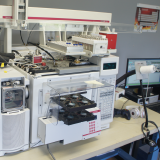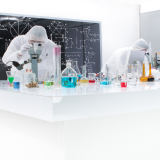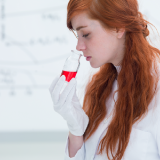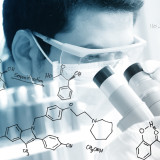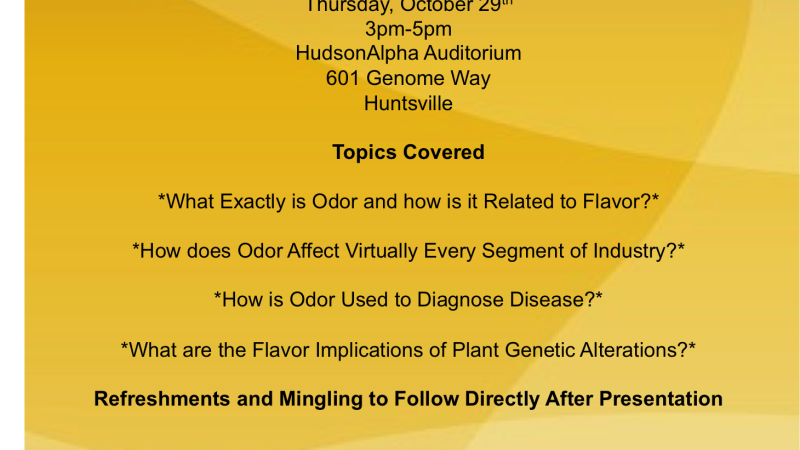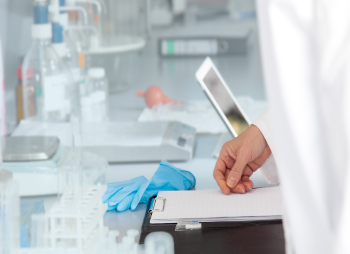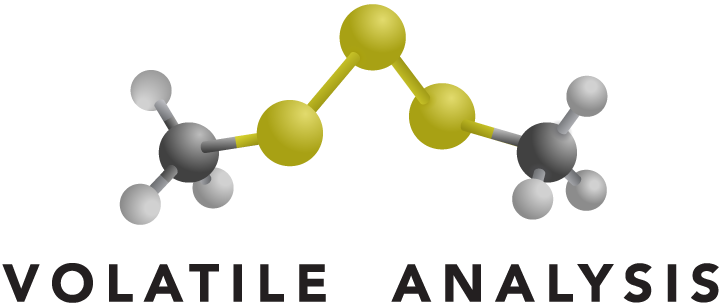
Residential & Commercial Paints
Description of Industry
Paints contain complex chemistry and paint formulations change frequently to incorporate new technologies. Many paint ingredients exhibit odor. Some odors are accepted as “new paint smell”. However consumers and industry are wise to be wary of the effects of any volatile chemical that may be smelled in the air of their homes or working environments. VAC has the capability of detecting and measuring volatile organic chemicals and we specialize in those that have off-odor.
Applicable Services
What we do
We are experts in odor analysis and trace level chemical detection and measurement. Both odor analysis and chemical detection are utilized when we employ gas chromatography-mass spectrometry/ olfactometry. We also employ expert experimental design, sample prep measures, and statistical analyses to ensure appropriate scientific rigor.
Odor Analysis GC-MS/O
Gas chromatography-mass spectrometry/olfactometry provides the very best technique to quickly resolve off-odor issues. This method requires a trained odor judge to sniff GC effluent and rate odor character and intensity. This information is coupled by retention time automatically via software to GCMS chromatogram data to allow for rapid odor identification. Our sensory and analytical team have more than 20 years experience with odor, analytical, and organic chemistry, and sensory analysis.
Quantitative Chemical Analysis
The goal of quantitative analysis is to accurately and precisely measure the amount of a chemical (the target chemical is also called analyte). Quantitative analysis typically involves developing a calibration curve that contains a plot of standard chemical quantity vs. peak area. Based on the unknown chemical peak area the concentration may be calculated.
Gas Chromatography Mass Spectrometry GC-MS
Gas Chromatography-mass spectrometry (GCMS) is the tool that provides the best opportunity to measure how much of an odorous chemical (or any volatile chemical) is present. Chemicals are separated in the GC based on variables such as polarity, size, vapor pressure. They are detected and measured in the mass spectrometer.
Odor Investigation
We utilize the most advanced scientific techniques and instruments currently available to detect and measure volatile chemicals responsible for odor. We utilize gas chromatography-mass spectrometry/ olfactometry to quickly determine what retention index values from a chromatogram correspond with odor. This capability dramatically improves our capability to identify trace level chemicals responsible for off-odors.
Known Chemical Threshold Detection
Chemical threshold refers to the level of chemical that must be present before it can be detected. There is also an odor threshold. Often times the human nose still is better than instrumentation when it comes to detecting a chemical. This is not to imply current technologies are not good. In fact current technologies can detect chemicals at levels below 1 part per trillion. That is better than picking out one person from the surface of planet earth. Still the human nose is better than that for certain chemicals. Want more information about our Known Chemical Threshold Detection utilizing our GC-MS-MS (Triple Quad)? Click HERE.
Odor Baseline Establishment
Baseline GCMS/O measurements have proved extremely helpful to our clients because they establish the aroma and chemical profile of a product considered good. When odor problems arise new GCMS/O analyses can rapidly determine what chemical changes occurred compared with a product considered good to allow for production process examination and off odor mitigation.
